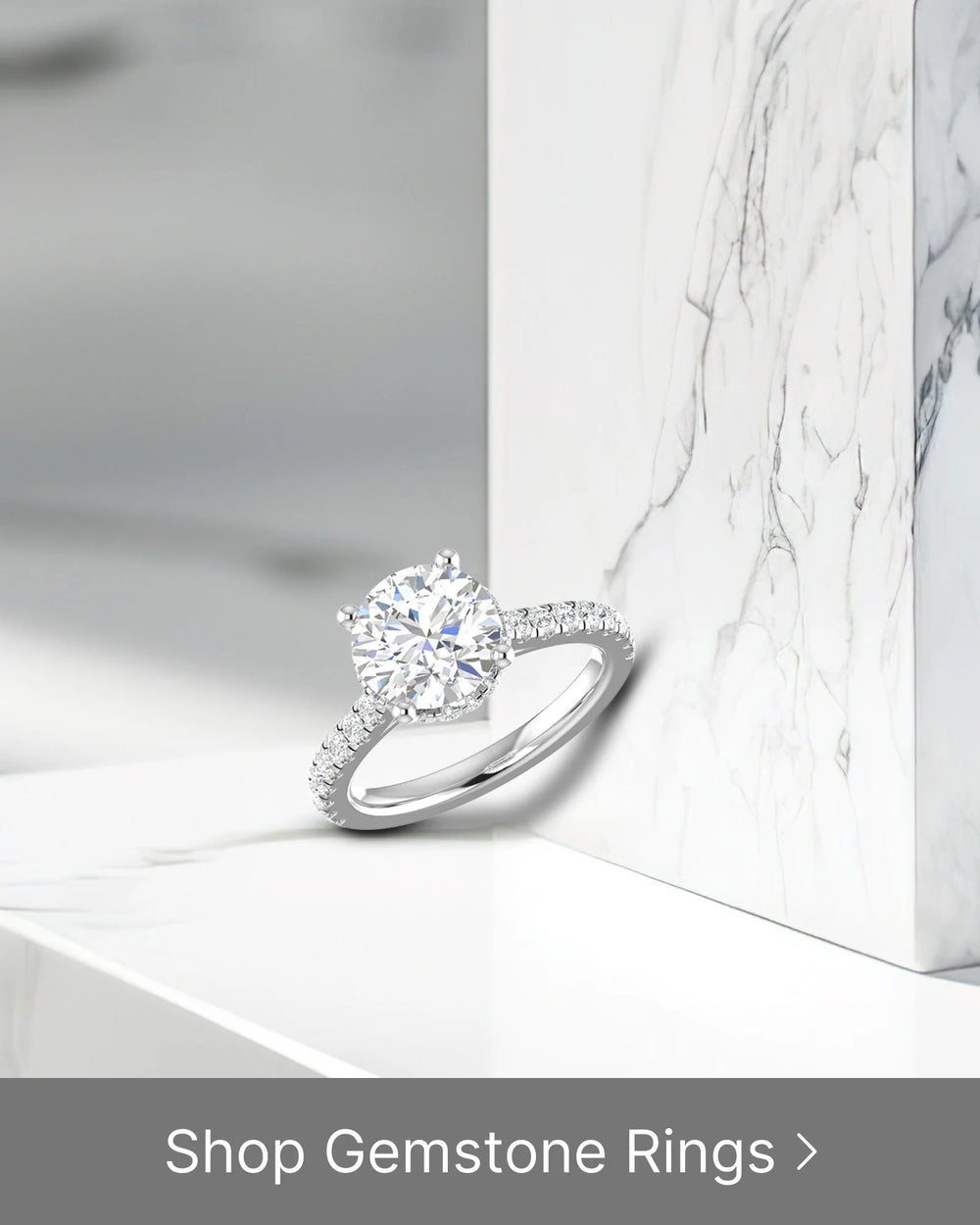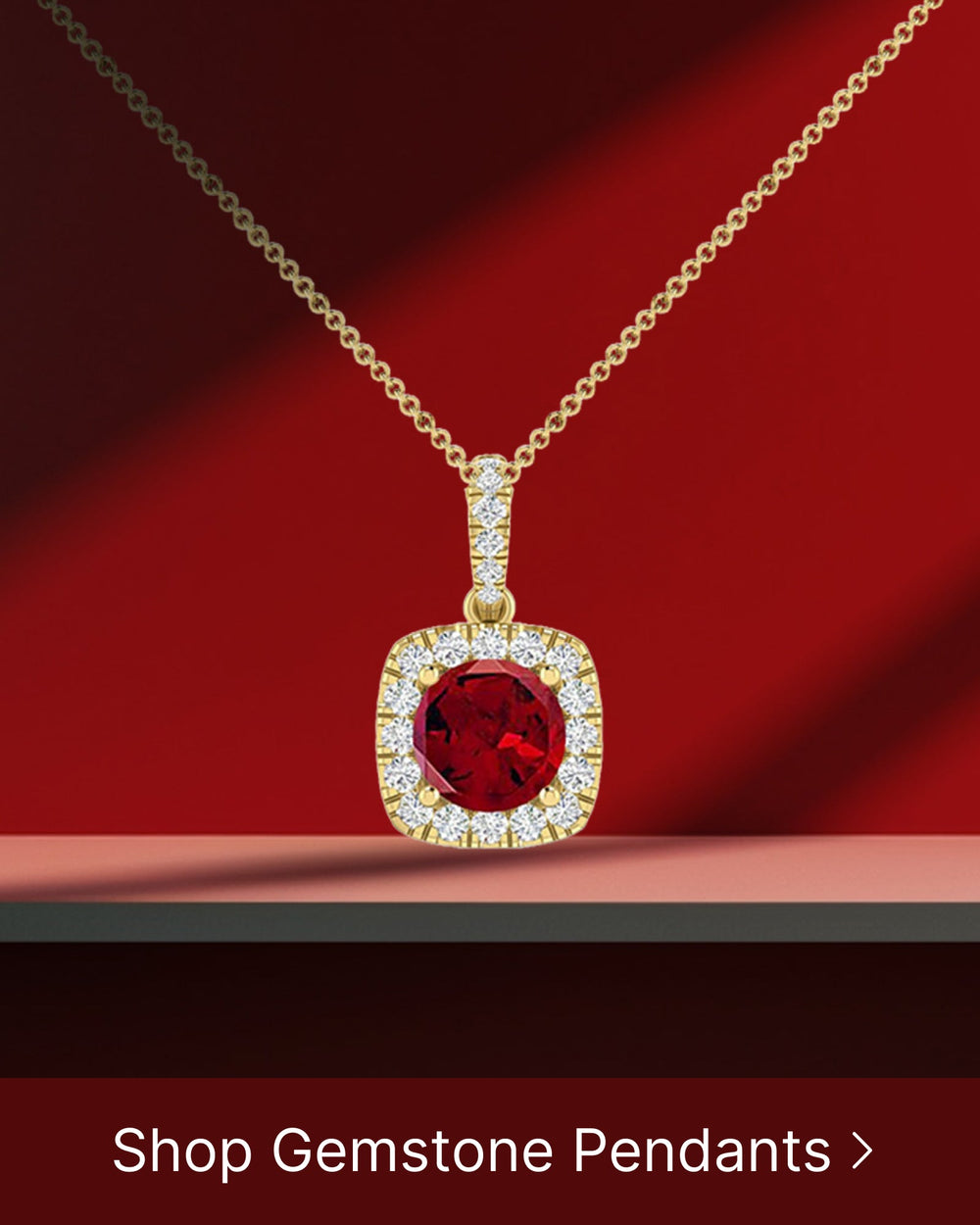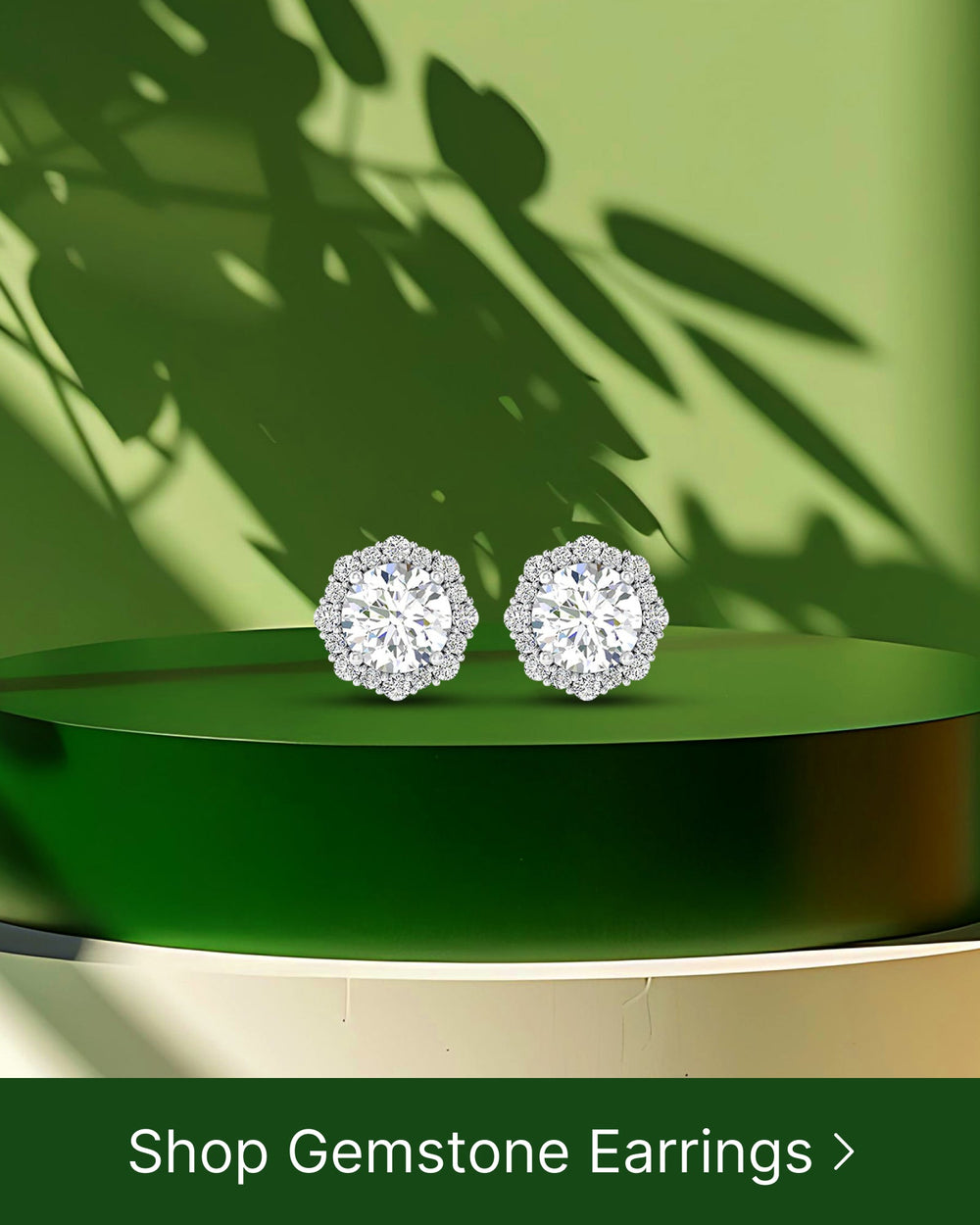Onyx vs. Obsidian: Understanding the Key Differences
Onyx and obsidian are two mesmerizing gemstones that have captivated humans for centuries. They may look similar at first glance, but upon closer inspection, one can uncover a multitude of differences between the two. In this article, we will delve into the distinct characteristics of onyx and obsidian, exploring their geological formations, physical properties, metaphysical beliefs, practical applications, and methods for identification. By the end, you will have a comprehensive understanding of these captivating gemstones.
Defining Onyx and Obsidian
Before diving into the key differences, let's take a moment to define onyx and obsidian.
Onyx and obsidian are both fascinating geological formations with unique characteristics.
The Geological Formation of Onyx
Onyx is a type of chalcedony, which is formed from the layering of silica-rich deposits in groundwater. This process takes place over millions of years, as minerals and other substances are dissolved in water and deposited in cracks and crevices in the Earth's crust.
As time passes, these layers build up and solidify, creating the striking bands and patterns that onyx is renowned for. The colors of onyx can vary widely, ranging from black and white to shades of red, orange, and brown. These variations in color are due to the presence of different impurities and minerals in the silica-rich deposits.
Onyx is often found in caves and other underground formations, where it forms stalactites and stalagmites. These formations are created as water drips from the ceiling of a cave and deposits layers of onyx on the floor or ceiling.
The Geological Formation of Obsidian
Obsidian, on the other hand, is far more explosive in its creation. It is formed when molten lava rapidly cools, often in volcanic environments. When a volcano erupts, the lava is exposed to the cool air or water, causing it to solidify quickly.
This rapid cooling prevents the minerals in the lava from crystallizing, resulting in the smooth and glass-like texture of obsidian. The color of obsidian is typically black, but it can also be brown, green, or even translucent.
Obsidian is commonly found in areas with recent volcanic activity, such as the Pacific Ring of Fire. It can also be found in archaeological sites, where it was used by ancient civilizations for tools, weapons, and decorative objects.
Due to its unique properties, obsidian has been highly valued throughout history. It was used by the ancient Egyptians for jewelry, the Aztecs for mirrors, and the Native Americans for arrowheads and cutting tools.
Both onyx and obsidian have captivated humans for centuries with their beauty and versatility. Whether used for jewelry, decorative objects, or archaeological artifacts, these geological formations continue to fascinate and inspire us.
Physical Properties: Onyx vs Obsidian
When examining onyx and obsidian, it's crucial to consider their physical properties.
Onyx and obsidian are both fascinating stones with unique characteristics that set them apart. Let's delve deeper into their physical properties and explore the intricacies of these captivating gemstones.
Color and Texture Differences
One of the most noticeable differences between onyx and obsidian is their color. Onyx is predominantly black with layered patterns of white, gray, or brown. These intricate bands of color create a mesmerizing effect, making each piece of onyx truly one-of-a-kind. On the other hand, obsidian comes in an array of colors, including black, gray, brown, red, and even green. This wide range of colors makes obsidian a versatile stone that can be used in various jewelry designs.
Aside from their color differences, the texture of onyx and obsidian also sets them apart. Onyx has a smooth and polished surface, giving it a sleek and sophisticated look. Its lustrous appearance adds an elegant touch to any piece of jewelry. In contrast, obsidian has a glass-like texture that gives it a unique shimmering quality. This natural glassy sheen is a result of rapid cooling of volcanic lava, creating a captivating visual effect.
Hardness and Durability Comparison
In terms of hardness, onyx and obsidian have distinct characteristics. Onyx ranks higher on the Mohs scale, registering at around 6.5 to 7, making it quite durable for everyday wear in jewelry. Its hardness allows it to withstand minor impacts and resist scratching, ensuring that your onyx jewelry remains beautiful and intact for years to come.
Obsidian, on the other hand, is relatively softer, ranking at around 5 to 5.5 on the Mohs scale. This means that while onyx can withstand some abrasion, obsidian is more prone to scratches and fractures. Despite its slightly lower hardness, obsidian is still a popular choice for jewelry due to its unique appearance and cultural significance.
It's important to note that while onyx and obsidian have different levels of hardness, both stones can be susceptible to damage if not handled with care. Proper maintenance and regular cleaning are essential to preserve the beauty and longevity of these gemstones.
Metaphysical Beliefs Associated with Onyx and Obsidian
In various cultures, onyx and obsidian have been attributed with powerful metaphysical properties. These stones have captivated the human imagination for centuries, with their mysterious allure and profound symbolism.
Let us delve deeper into the metaphysical beliefs surrounding onyx and obsidian, exploring the rich tapestry of mythology, healing, and spirituality that surrounds these remarkable gemstones.
Onyx in Mythology and Healing
Onyx, with its striking black color and smooth texture, has long been associated with strength, protection, and grounding. Ancient civilizations believed that this stone possessed the power to ward off negative energy and provide emotional stability.
According to ancient Greek mythology, onyx was formed from the fingernails of the goddess Venus, as she mourned the death of her beloved Adonis. This mythological connection has led to the belief that onyx can bring about healing and transformation in matters of love and relationships.
Today, many still turn to onyx for its alleged ability to enhance focus and amplify inner strength. It is believed to sharpen the mind, improve concentration, and promote a sense of determination and perseverance.
Furthermore, onyx is said to have a soothing effect on the emotions, helping to calm anxiety and alleviate stress. It is often used as a talisman for those seeking emotional stability and protection from negative influences.
Obsidian's Spiritual Significance
Obsidian, with its dark and reflective surface, holds a deep spiritual significance, particularly within Native American cultures. It is believed to possess a strong connection with the earth and the spirit world, making it a powerful tool for spiritual exploration and growth.
Native American tribes have used obsidian in various spiritual rituals for centuries. It is often employed for protection and cleansing, as it is believed to absorb negative energies and purify the surrounding environment.
Furthermore, obsidian is highly regarded for its ability to facilitate deep introspection and personal growth. It is said to reveal hidden truths and bring about profound self-awareness. By peering into the depths of obsidian, one may confront their innermost fears, desires, and insecurities, ultimately leading to personal transformation.
Moreover, obsidian is believed to enhance psychic abilities and intuition. It is said to sharpen one's senses, allowing for a heightened perception of the spiritual realm. This stone is often used by shamans and spiritual practitioners to facilitate communication with the spirit world and gain insight into the mysteries of existence.
As we explore the metaphysical beliefs associated with onyx and obsidian, it becomes clear that these gemstones hold a profound significance in various cultures. Whether it is the grounding and protective properties of onyx or the spiritual and transformative qualities of obsidian, these stones continue to captivate and inspire individuals on their personal journeys of self-discovery and spiritual growth.
Practical Applications of Onyx and Obsidian
Aside from their metaphysical properties, both onyx and obsidian have found practical applications in various fields.
Onyx in Jewelry and Decorative Items
Due to its captivating bands of color and lustrous appearance, onyx has become a favored gemstone in jewelry and decorative items. From earrings and necklaces to ornamental bowls and vases, onyx adds a touch of elegance to any setting.
Obsidian in Tools and Artifacts
Obsidian's sharpness and durability make it ideal for ancient tool-making. Archaeological findings have revealed obsidian blades used in hunting, cutting, and even surgical procedures. It is also highly valued in the creation of artistic sculptures and intricate carvings.
How to Identify Onyx and Obsidian
If you come across an unfamiliar gemstone, it's essential to know how to identify whether it is onyx or obsidian.
Tips for Identifying Onyx
When examining a potential onyx stone, observe its color and patterns. Onyx typically displays black as the dominant color, with layered bands of white, gray, or brown. Additionally, onyx often has a polished and glossy surface, enhancing its appeal in jewelry-making.
Recognizing Obsidian
Obsidian can be identified by its glassy texture and diverse range of colors. Look for its smooth and reflective surface, resembling that of a darkened mirror. This distinctive appearance sets obsidian apart from other gemstones.
In conclusion, onyx and obsidian may be cut from the same geological cloth, but they possess inherent differences that make them truly unique. From their geological formations to their physical properties, metaphysical beliefs to practical applications, understanding the key differences between these magnificent gemstones allows us to appreciate their individual beauty and significance. Whether you opt for the elegance of onyx or the mystique of obsidian, both stones possess an allure that transcends time and captivates the senses.





